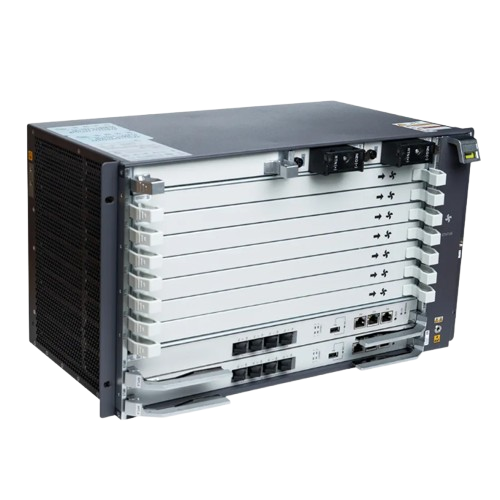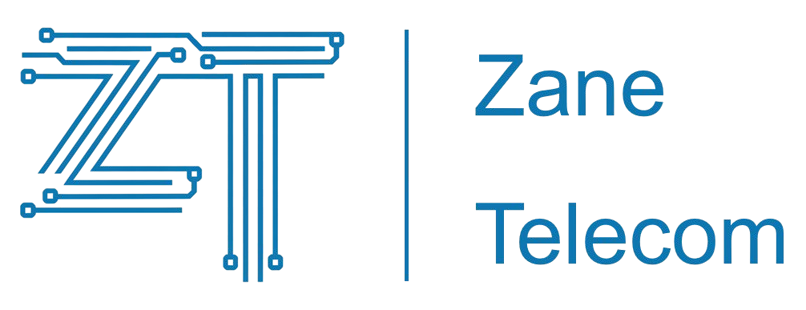
Parameters
Physical Dimensions and Weight: Its dimensions without lugs are 442mm × 268.7mm × 263.9mm. With IEC lugs, the dimensions are 482.6mm × 268.7mm × 263.9mm, and with ETSI lugs, the dimensions are 535mm × 268.7mm × 263.9mm. The fully configured weight (with lugs) is 26kg.
Power Supply Parameters: It adopts a dual DC power supply backup mode. The rated voltage is -48V / -60V, and the working voltage range is from -38.4V to -72V. The input current of each circuit is 40A.
Slot Configuration: The service frame has 12 slots, including 2 slots for the main control board, 2 slots for the power supply board, 1 slot for the universal interface board, and 7 slots for the service boards.
Backplane Bus and Main Control Board Switching Capacity: The backplane bus switching capacity reaches 4.68Tbit/s. In terms of the main control board switching capacity, H901MPLA/H901MPLB/H901MPLC is 7Tbit/s, and H901MPSC is 480Gbit/s.
Bandwidth per Slot of the Service Board: Under the load sharing mode, the bandwidth per slot of H901MPLA/H901MPLC is 100Gbit/s, that of H901MPLB is 200Gbit/s, and that of H901MPSC is 80Gbit/s.
Number of Ports: There are 112 GPON ports, 56 10G GPON ports, 112 EPON ports, 56 10G EPON ports, 336 GE/FE ports, 56 10GE ports, and 224 E1 ports.
Performance
Powerful Service Carrying and Access Capabilities: It supports multiple access methods such as GPON, 10G GPON, EPON, 10G EPON, P2P GE, and 10GE, which can meet the business scenarios of households, enterprises, mobile bearer, and Wi-Fi hotspot backhaul, realizing the integrated access of all services. A single frame can support 2000 concurrent 4K video users, providing users with a high-quality video experience.
High Reliability and Stability: The system availability is greater than 99.9%. The mean time between failures (MTBF) is approximately 45 years, and the average repair time of field replaceable units is about 2 hours, ensuring the stable operation of the device for a long time and reducing the network interruption time caused by device failures.
Intelligent Management and Maintenance: It supports the intelligent perception and management of the network and services, enabling rapid fault location and troubleshooting, reducing the operation and maintenance costs and difficulties. Through SDN technology, it realizes flexible network configuration and traffic scheduling, improving the operational efficiency of the network.
Application Scenarios
Broadband Access Networks of Telecommunication Operators: As an OLT device, it provides high-speed and stable network access services for household and enterprise users, supporting multiple access modes such as FTTH and FTTB, meeting users’ demands for high-bandwidth and low-latency networks, such as online video, online games, and video conferencing.
Large Enterprise Campuses and Commercial Centers: It can meet the high-bandwidth network requirements of a large number of users, support the access and aggregation of multiple services, and ensure the efficient operation of the network. It can realize the interconnection of the internal networks of enterprises and support the digital transformation of enterprises, such as the deployment of applications like cloud computing, big data, and the Internet of Things.
Smart City Construction: As a key network access device, it supports the deployment of applications such as smart transportation, smart security, and smart healthcare, realizing the interconnection of devices and data transmission, providing strong support for the intelligent management and services of the city.
Interconnection of Data Centers: With its high-bandwidth and low-latency characteristics, it can be used for the interconnection of data centers, meeting the requirements of data backup and disaster recovery, and improving the reliability and availability of data centers.
